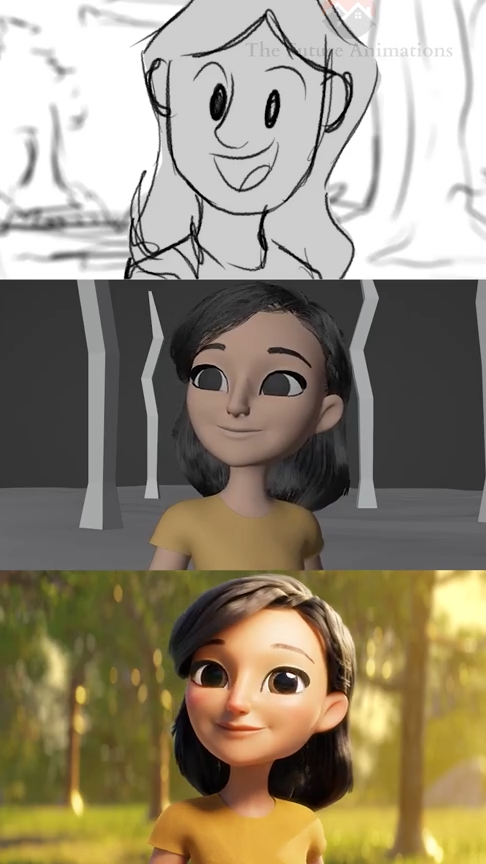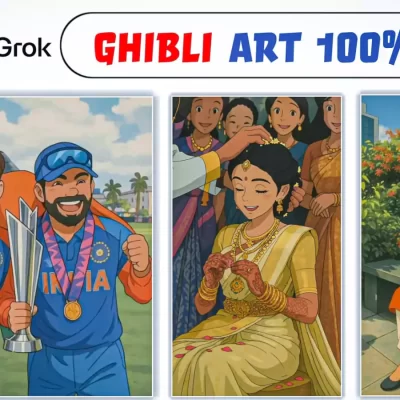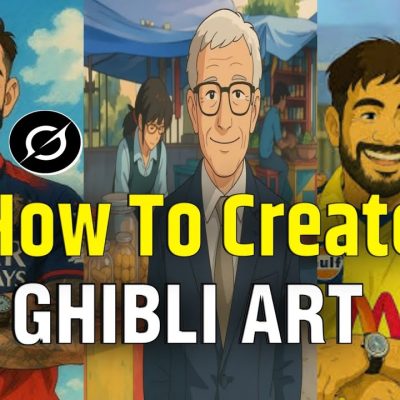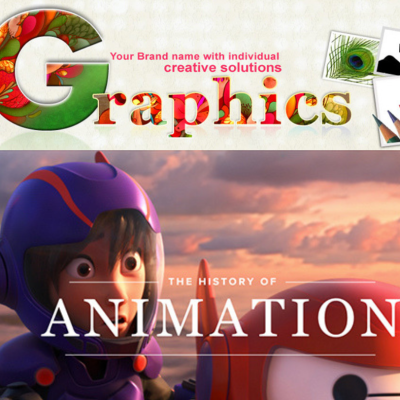Introduction:
Animation is a technique used to create the illusion of movement by displaying a sequence of images in rapid succession. However, modern animation techniques have evolved significantly. Traditional involved drawing each frame by hand, a time-consuming process used in classic cartoons like Mickey Mouse and Tom and Jerry. With advancements in technology, computer-generated imagery (CGI) and 3D animation have become popular, allowing for more realistic and visually stunning animations.

There are different types of animation, including traditional animation, 2D animation, 3D animation, stop-motion, and motion graphics. 3D animation, commonly used in movies and video games, provides a more lifelike experience.
plays a crucial role in entertainment, education, and marketing. Animated movies like “Toy Story” and “Frozen” have captivated audiences worldwide. In education, animations make complex topics easier to understand. Businesses use animated advertisements to engage customers effectively.
As technology continues to evolve, will keep improving, offering endless possibilities for creativity and innovation.
History of Animation
Animation has been around for a long time. In the past, people used flipbooks to make pictures move. Today, technology has made easier and more advanced with the use of computers and software.
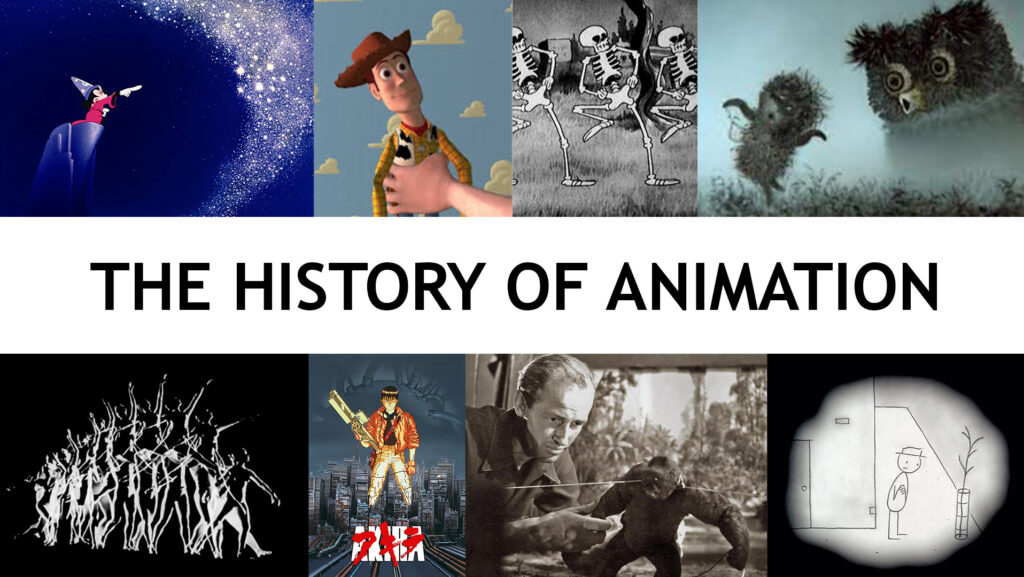
There are Different Types of Animation
- Traditional Animation – Artists draw each frame by hand.
- 2D Animation – This is done using computers but looks flat, like cartoons.
- 3D Animation – This creates realistic images with depth and is used in movies and video games.
- Stop Motion Animation – Objects are moved slightly in each frame to create motion.
- Motion Graphics – This is used for animated text and logos, often in advertisements.
- Clay Animation – This uses clay figures that are moved in small steps and photographed.

How to Do Animation?
- Idea and Storyboard – First, think of a story and draw rough sketches of scenes.
- Character Design – Create characters that will be in the animation.
- Backgrounds – Design the environment or setting where the takes place.
- Frame-by-Frame Drawing – Draw different frames showing how characters move.
- Using Software – Use software like Adobe Animate, Blender, or Toon Boom to create digital animations.
- Adding Sound and Effects – Sounds make animations more engaging. Add music, voices, and sound effects.
- Editing and Final Touches – Adjust the smooth movements, and make everything look good.
- Exporting the Animation – Save the final in a video format to share with others.
Animation is used for many Purposes of Reasons:
- Entertainment – Movies and cartoons use to tell stories and entertain people.
- Education – Animated videos help students learn in an interesting way.
- Advertising – Businesses use in ads to grab people’s attention.
- Video Games – Games use to create fun and exciting experiences.
- Social media – Many people use short animations for content on social media platforms.
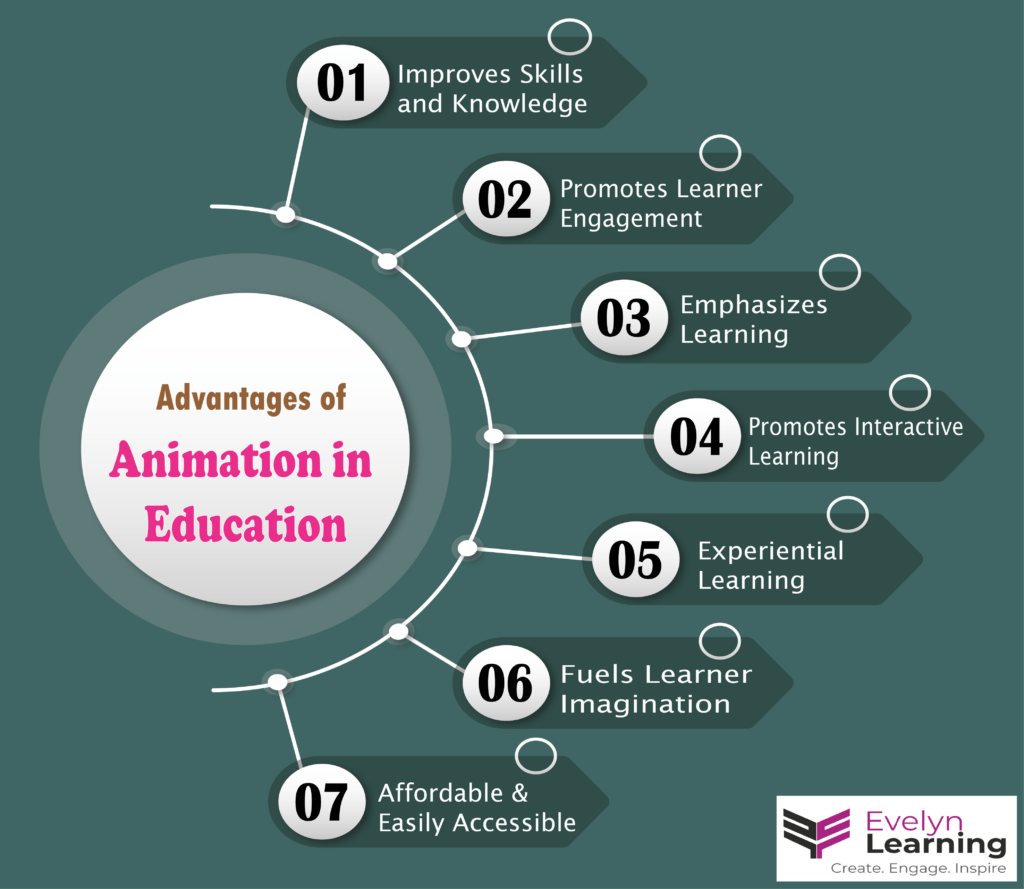
- Adobe Animate – Used for 2D animation.
- Blender – A free tool for 3D animation.
- Toon Boom Harmony – Professional software for 2D animation.
- After Effects – Used for motion graphics.
- Stop Motion Studio – Helps create stop motion.
Conclusion
Animation is a creative and powerful tool used in many fields. Anyone can learn with practice and the right tools.

